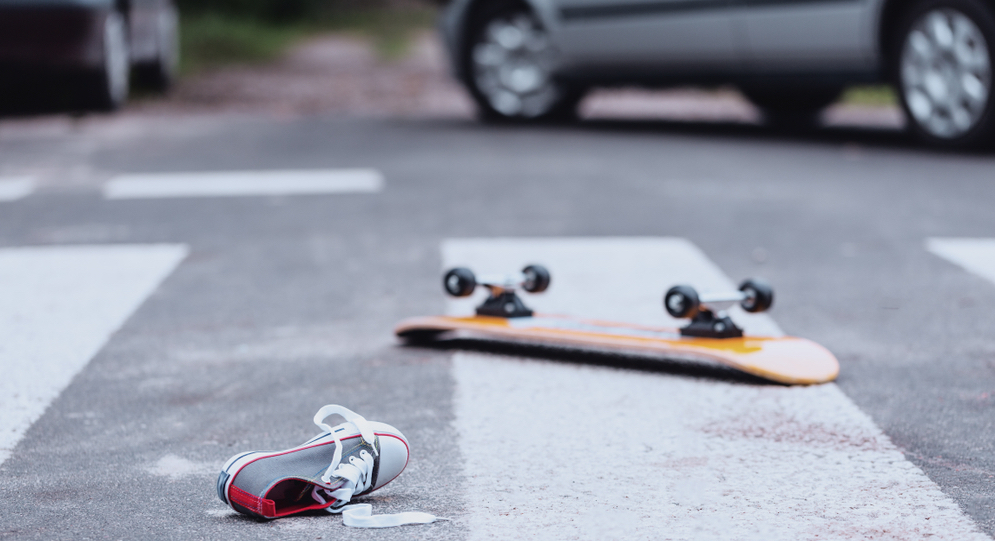As the number of vehicles on our roads increases, the need for further emphasis on road safety does as well. As an essential aspect of urban life, an obvious disparity exists between low-income neighborhoods and affluent neighborhoods. Low-income neighborhoods face worsening road safety outcomes due to limited access to transportation and added safety measures, and the gap between the income of these residents and the income of the affluent fuels this growing imbalance in our community.
Research from Smart Growth America’s Dangerous By Design 2024 Report has shown an enormous increase in pedestrian deaths in the United States since 2010, when 4,302 deaths were recorded. Death tolls have continued to rise by hundreds each year, and the most recent finding in 2022 indicated approximately 7,500 deaths, a 75% increase since the first recording in 2010.

The report also notes that pedestrians in lower-income neighborhoods are disproportionately at risk of suffering injury or death. The fatality rate is four times higher for those who earn less than $15k per year than for those who earn over $100k per year. This disparity in risk is due to numerous factors.
For example, lower-income neighborhoods lack basic street safety precautions, including fewer street lights and less visible street signs, increasing the danger for residents while walking. Residents in these neighborhoods often utilize walking and biking as main sources for transportation in their day-to-day lives because of the high cost of personal vehicles, leading to an increased fatality risk as a pedestrian.

Furthermore, city districts within San Jose have seen more Killed and Serious Injured (KSI) accidents in impoverished areas of the city due to continuous underinvestment in road safety measures. The San Jose Spotlight examined districts in East San Jose, including Districts 3, 5, and 7, where the neighborhoods receive significantly less funding for road safety from the state compared to other districts.
Many houses from these neighborhoods border high-activity streets, and therefore have a heightened risk of death or injury that is impossible to remedy without proper funding. Wealthier neighborhoods often have greater ability to obtain safety improvements and specific adjustments for their streets. For example, The San Jose Spotlight observed that neighborhoods in wealthier districts often have traffic islands before entering a street in order to slow traffic that thus decrease the risk of a pedestrian injury.
Maya Esparza, the councilmember for San Jose’s District 7, emphasizes that this lack of funding is not the result of underrepresentation and continues to be an issue that lacks serious attention from the local government. The San Jose Spotlight asserts that suggested infrastructure improvements include more street lights, added crosswalks and stop signs, and other protective measures on high-activity streets in order to decrease the pedestrian fatality rates.
Although progress towards this goal was visible through the “En Movimiento: A Transportation Plan for East San José,” a plan in 2020-2021 to improve infrastructure and mobility for residents, San Jose residents in lower income neighborhoods continue to suffer greatly from this severe traffic disparity that continues to be overlooked.

